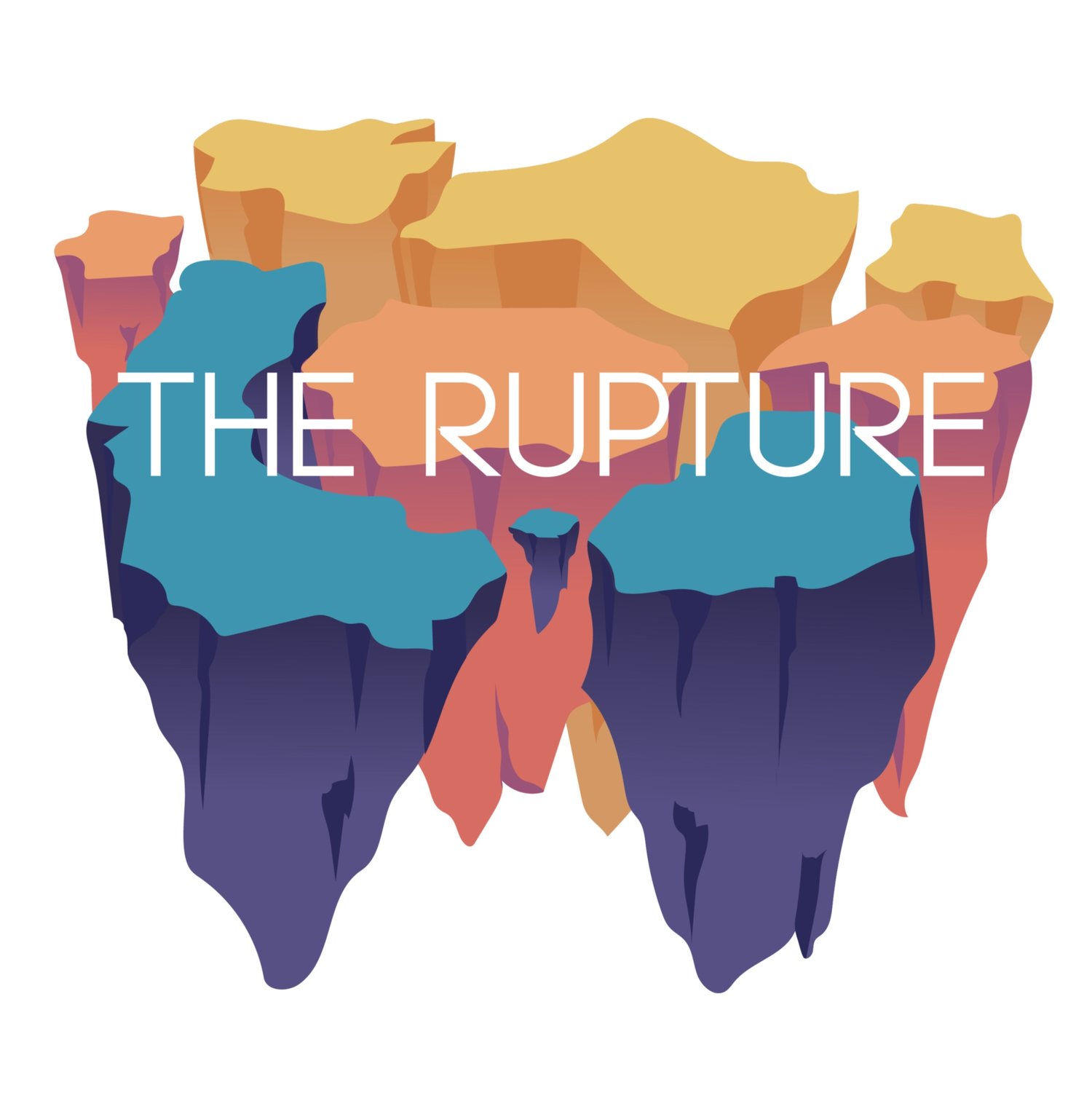Tarfia Faizullah's poems and prose have appeared or are forthcoming in Ninth Letter, Passages North, Ploughshares, LA Review of Books, South Dakota Review, B O D Y Literature, and elsewhere. A Kundiman fellow, she received her MFA from Virginia Commonwealth University. She is the recipient of scholarships from Bread Loaf Writers' Conference, Sewanee Writers' Conference, the Kenyon Writers' Workshop, and other honors.
Her poem "1971" appears in Issue Thirty-Seven of The Collagist.
Here, Tarfia Faizullah speaks with interviewer Elizabeth Deanna Morris about violence, beauty, and bridging distances.
1. What was the process of writing “1971” like?
It began in Bangladesh, where I lived from 2010 to 2011. It was messy and difficult, and I forgot to eat sometimes. I did a lot of lying in bed and staring at the ceiling, tapping out syllables on my leg with my fingers. I read about memory. I read about what else had happened around the world in 1971. I interviewed Bangladeshi women who were raped or taken as sex slaves by the Pakistani Army during the Liberation War.
I called my mother and asked her a lot of questions, and spent a good part of those conversations with the phone cradled against my cheek. At one point, I asked my mother, “But what else do you remember?” and she responded, “Is this for a poem?” I drank tea with one hand and scribbled with the other. I drew a lot of arrows in my notebook, connecting what my mother had said to something I had read, seen, wondered. I didn’t know what the poem would look like but I knew I was collecting towards something.
Eventually I started drafting a section of “1971” each day for a week during the Grind, a group that holds one another accountable for writing a poem a day for a month. Then I spent the following year shaping and reshaping it. I just went back and looked at some of my earliest drafts of the sections, some of which are written in unlineated longhand. At some point I started breaking the text into lines, some of which remained neat while others became more and more fractured. At some point I stopped calling my mother to ask her questions. At some point I left Bangladesh and returned to the United States. At some point I wrote the last line.
2. Your poem deals with a turbulent year in Pakistani/Bangladeshi history. Could you speak to where you think this poetry engages with these histories?
When I asked my mother, who was eight or nine at the time, what she remembered of the war, she spoke mostly about being entranced by my grandmother bathing in the pond behind their home.
Shortly after that conversation, I came across this by physiologist Benjamin Libet: “We are not conscious of the actual moment of the present. We are always a little late.” I couldn’t stop thinking about that idea or about how my mother was daily witnessing an innocent and beautiful ritual amid the daily horrors of wartime.
The realization, too, that 1971 was a tumultuous year in many other countries as well as Bangladesh became a part of the poem. I wanted to write a poem that could withstand both violence and beauty, both memory and the present moment of my life in Bangladesh, a country that dwells in nostalgia even as it continues to deliberately self-modernize.
3. This poem does a lot of talking between distances: between both place (Texas and Bangladesh) and time (1971 and somewhere near the present). Could you talk about your approach? How did you use the poem to bridge these distances?
I continue to be fascinated by how language can collapse time and distance, in part, I think because the notion of nostalgia is so crucial to the Bangladeshi worldview, as evidenced by the river as a site for both rupture and progress. In this way, Celan’s assertion that “everything is near and unforgotten” truly informed the way I wrote and revised “1971.”
Once the poem’s shape began to emerge, I began to make deliberate choices that could allow the speaker to be anchored in 1971 in Bangladesh watching her mother watching her grandmother bathe while simultaneously traveling temporal and geography distances. For example, the poem is in second person so that the speaker can witness all the scenes and characters in the poem, including herself, with both distance and intimacy. I love the flexibility of second person because of the way its tone can be epistolary, imperative, and self-reflexive. Similarly, I chose to place the poem in present tense except for when the mother speaks. I hope “1971” gives her the right space to do so.
4. What did you end up reading this summer? What do you plan to read this fall?
Books currently stacked precariously on my bedside table: Bluets by Maggie Nelson, Selected Prose, Daybooks, and Papers by George Oppen, Salt: A World History by Mark Kurlansky, Selected Poems by Anna Akhmatova Trespasses by Lacy M. Johnson, Horse in the Dark by Vievee Francis, Words in Air: the Complete Correspondence between Elizabeth Bishop and Robert Lowell, Letters to a Stranger by Thomas James, Florida by Christine Schutt, Lucky Fish by Aimee Nezhukumatathil, The Changing Lights at Sandover by James Merrill, Made Flesh by Craig Arnold, Requiem for the Orchard by Oliver de la Paz, allegiance by francine j. harris, Slow Lightning by Eduardo C. Corral, A Book of Luminous Things: An International Anthology of Poetry, and The Homesick Texan Cookbook.
5. What other writing-projects are you working on?
I’m working on my second manuscript entitled The Climbing Tower, a collection of lyric essays entitled Cloud-Capped Star, and translations of Bengali poet Kazi Nazrul Islam.
